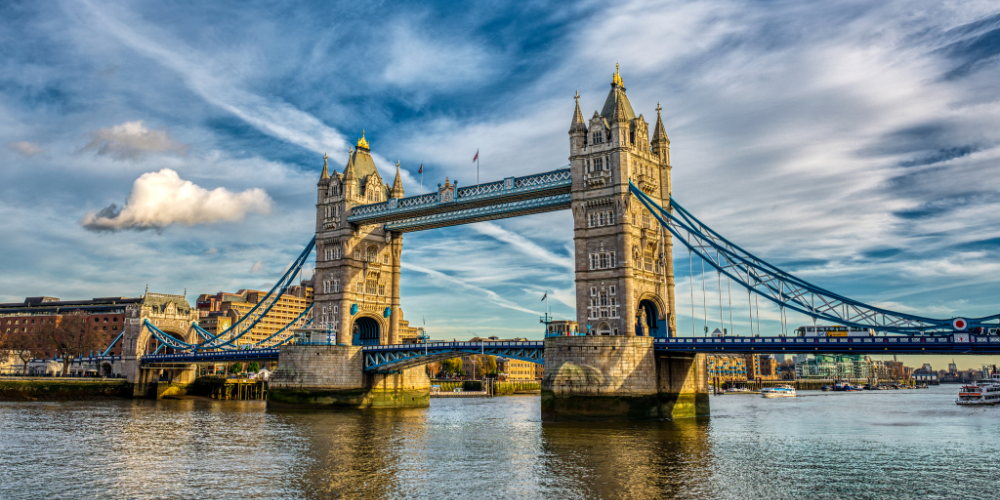
When you’re spending £5bn on a major civil engineering project you start to think about how it affects communities.
London’s sewerage system was designed in 1858 following The Great Stink. The population of London was only 2 million then. Today, the population is 9 million. The sewer couldn’t cope with that much ‘output’ and waste was regularly overflowing from the sewerage system into the river Thames. The solution was a new super sewer, Thames Tideway Tunnel.
On the one hand the project creates jobs, reduces pollution and the River Thames becomes more useable for things like river logistics or recreation. On the other hand, thousands of people are inconvenienced by construction and there will be some loss of trees, homes and spaces to accommodate the new infrastructure. Tideway prepared a Legacy Strategy aiming to maximise the benefits of the project. It included over 50 commitments with an overall aim to “Reconnect London to the River Thames”
Our job was to look at the social costs and benefits of all of Tideway’s investments, value them and analyse the social return on investment. We conducted extensive consultation with key staff across the organisation to gather evidence of costs against each commitment and to determine intended impacts and benefits. Our analysis showed that for each £1 spent on Legacy commitments, a further £3.40 of social value was achieved.









